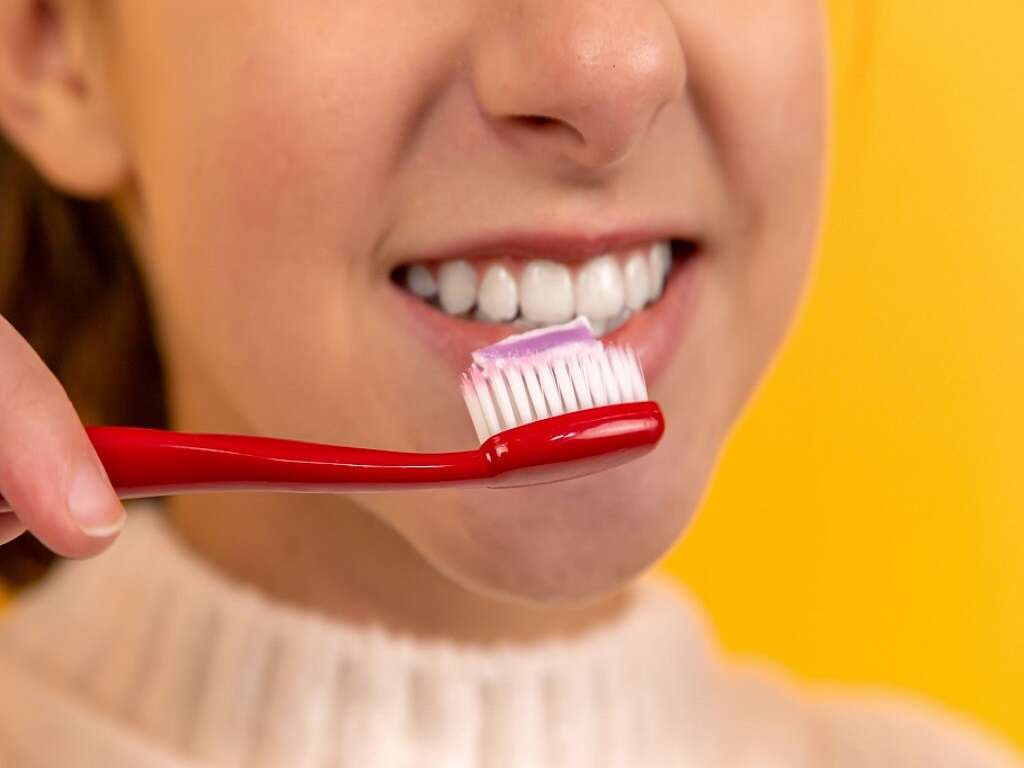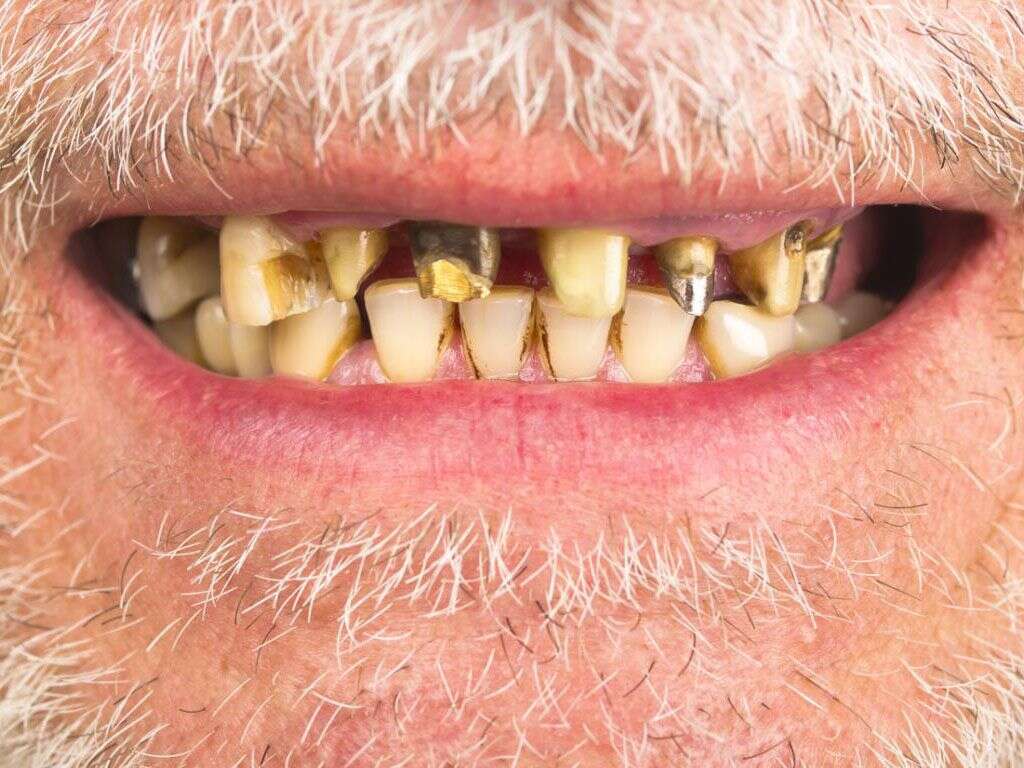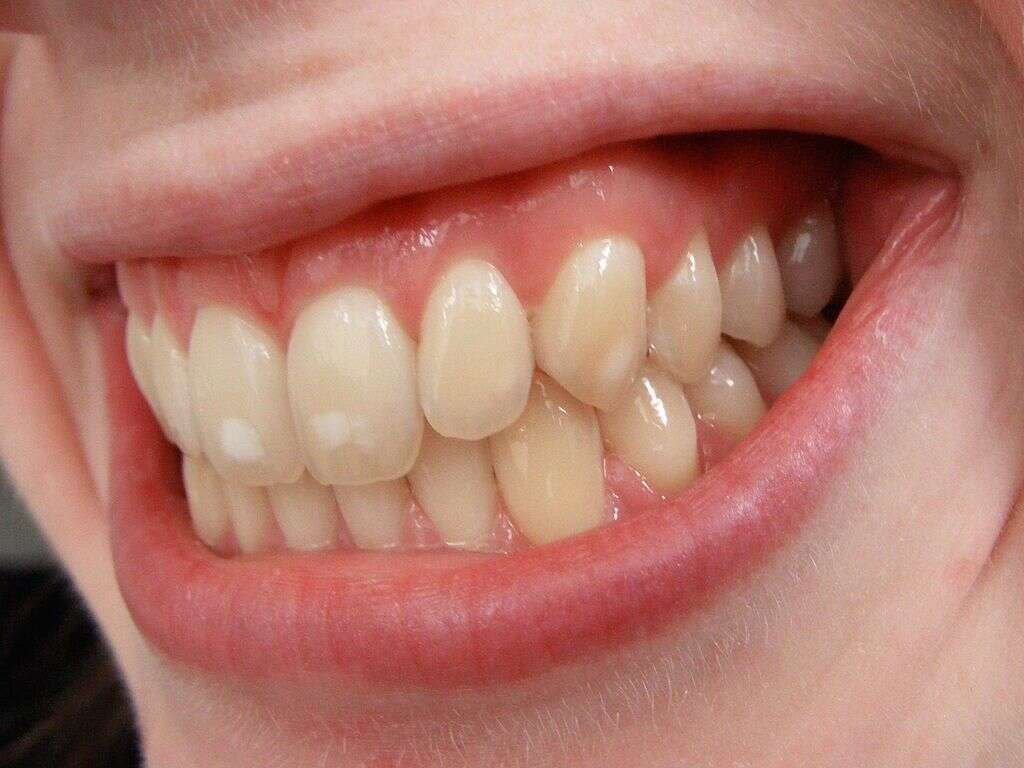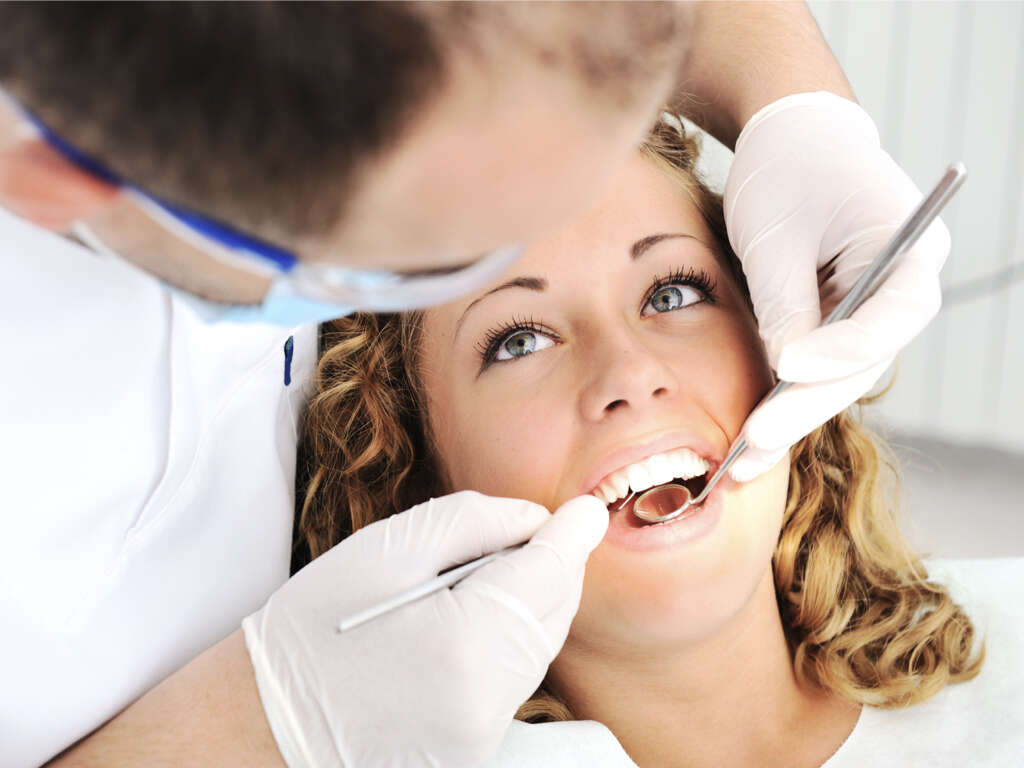10 Symptoms of an Abscessed Tooth
A dental abscess or tooth abscess is a collection of pus that is associated with a specific tooth. The two commonest types of tooth abscess are periapical abscess followed by periodontal abscess. Other less common types are gingival abscess, pericoronal abscess, and combined periodontic endodontic abscess. A periapical abscess is usually caused by a bacterial infection that is found in the soft pulp of the tooth. It can be caused by a broken tooth, decay, extensive periodontal disease or a combination of all three factors. It is important to differentiate a periapical and periodontal abscess as the management of both conditions are different.
Diagnosis can be aided by a dental radiograph. The goal of treatment in a tooth abscess is to eliminate the offending pathogen. This means that treatment includes antibiotics and drainage of pus. Depending on whether if the tooth can be restored, a root canal therapy (for a restorable tooth) or extraction and curettage (for non-restorable) may be performed. A severe case that is left untreated can result in the perforation of the bone extending into surrounding soft tissues resulting in osteomyelitis and cellulitis.

Symptom #1: Pain
The pain in a tooth abscess is often described to be extreme, sharp, radiating, shooting, or throbbing. The pain can also be aggravated by pressure and warmth on the affected tooth. The area is usually localized and is sensitive to touch.
Other associated symptoms that are often present include swelling, fever, and redness. The pain can be reduced or managed by applying ice packs and taking medications such as paracetamol (acetaminophen) or nonsteroidal anti-inflammatory drugs (NSAIDs) like ibuprofen, naproxen sodium, and more.

Symptom #2: Swelling
Swelling is one of the cardinal signs of inflammation. It can be defined as a transient enlargement of the affected area caused by the accumulation of fluid in the surrounding tissues. Swelling can be systemic (throughout the whole body) or localized (only involving one specific area of the body). Swelling is commonly seen as a response to infection, injury, or disease.
Other characteristics of inflammation include pain, warmth, loss of function, and redness. In a tooth abscess, an acute abscess may result in a painless swelling on the gums. Those with swelling on the gums should ideally seek professional attention to prevent it from becoming a chronic issue.

Symptom #3: Lymphadenopathy
Lymphadenopathy refers to lymph nodes that are abnormal in size, consistency, or number. It is a common and non-specific sign that can be seen in infections (both minor and serious), autoimmune diseases, cancers, and more.
The lymph nodes contain many white blood cells that help to combat an infection. They function as filters that trap pathogens and therefore swell up when near a site of infection. In a tooth abscess, the lymph nodes in the neck may become swollen and tender.

Symptom #4: Redness
Redness is one of the cardinal signs of inflammation. It is often seen in areas that are inflamed or infected. Other associated symptoms include pain, warmth, loss of function, and swelling. There can also be a fever if there is infection.
Redness occurs due to the increased blood flow to the affected area. When there is inflammation or infection at an area, the body responds by causing changes in the microcirculation through the exudation of fluid. The emigration of leukocytes also occurs. These are mechanisms that aim to remove the offending pathogen.
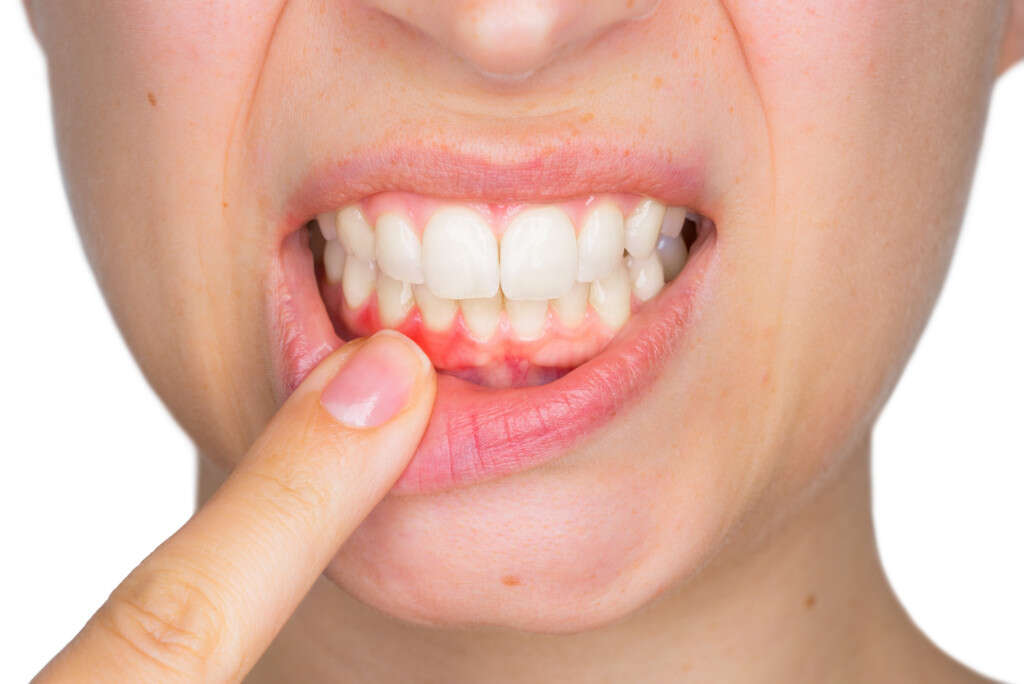
Symptom #5: Warmth
Warmth or heat is one of the cardinal signs of inflammation. The four other signs are pain, swelling, redness, and loss of function. Inflammation can occur when there is an injury or as a response to harmful pathogens, irritants, and damaged cells. Inflammation occurs to clear out the cause of injury, clear necrotic cells, and initiate repair of the affected tissues.
Heat or warmth occurs as there is increased blood flow to the affected area. However, when inflammation is internal, no increase in heat is noticeable. In a tooth abscess, the affected area is usually warm to the touch.

Symptom #6: Fever
Fever, pyrexia, or febrile response is the increase in set point of body temperature beyond the normal range. It causes a feeling of coldness and the contraction of muscles in an effort to produce and conserve heat. Fever is a common and non-specific symptom that can be seen in most infections (viral, bacterial, or parasitic) and conditions such as deep vein thrombosis, vasculitis, and more.
Fever (low grade) is thought to be one of the body’s natural responses against infection as it enhances the immune system. It can be managed using antipyretics such as paracetamol (acetaminophen) and NSAIDs.

Symptom #7: Headaches or Migraines
A headache refers to pain that occurs anywhere in the region of the head or neck. A migraine is a headache that is characterized by the recurrent episodes that range from moderate to severe. It can be described as pulsating and affects one half of the head lasting from two to seventy-two hours.
It is associated with nausea, vomiting, sensitivity to light, and exacerbated by activity. Tooth abscesses can cause headaches or migraines due to the location of the trigeminal nerve. Jaw tightening and clenching from a toothache can also contribute to headaches or migraines.

Symptom #8: Loss of Function
Loss of function is considered to be one of the five cardinal signs of inflammation along with pain, heat, redness, and swelling. While the other four were described by Celsus, a Roman encyclopedist known for his medical work, loss of function was later added by Galen (a Greek physician and philosopher in the Roman empire) or Virchow.
Loss of function is caused by a combination of factors. Some experts believe that loss of function occurs to prevent further movement that could result in more damage.

Symptom #9: Malaise
Malaise is an uneasy or uncomfortable feeling where there may or may not be pain. It is often one of the earliest indications of infection or disease. it is considered to be a vague and common symptom seen in non-serious and serious conditions such as hunger, hypoglycemia, infections, cancer, heart attack, stroke, internal bleeding, and more.
It is often expressed by patients as if “something does not feel right”. Experts believe that malaise may be due to the activation of an immune response and release of proinflammatory cytokines.

Symptom #10: Bad Taste and Bad Breath
Having a bad taste and bad breath is usually a symptom of poor dental health and hygiene. It can also be caused by respiratory infections, oral thrush, hepatitis, reflux, and more. However, in tooth abscesses, the formation of the pus causes increased pressure until it spontaneously drains resulting in a bad taste and bad breath.
When the pus drains, the pain is usually relieved, but this does not mean the infection has resolved. Patients should seek dental care as soon as possible to avoid complications such as cellulitis or even sepsis.




